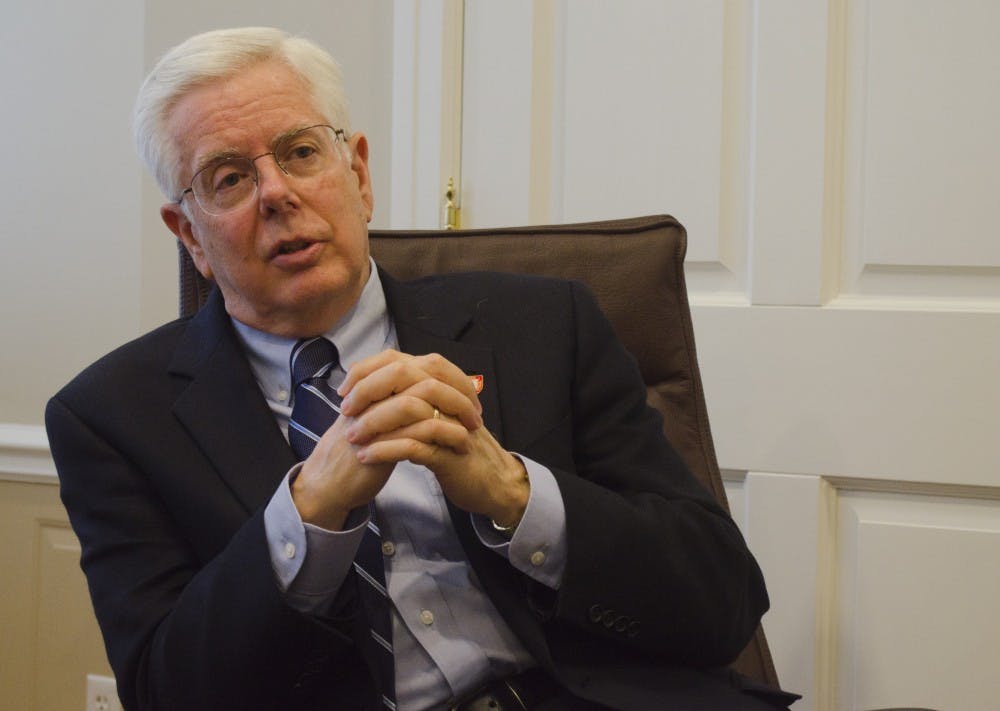Ball State, as well other higher education institutions, continues to be an effective lobbying force.
In 2014, higher education had the third-highest number of lobbyists in Washington.
In odd number years, the Indiana General Assembly is under the long session where the state budget is discussed. However in even number years, the state budget is not discussed. Higher education is typically not relevant in short sessions as a result.
“What we try to do during this time is get ready for the next session,” said Julie Halbig, vice president for government relations and community engagement.
When institutions are proposing bills for their budget, they share information such as retention rates, graduation rates and the number of students staying in Indiana upon graduation.
“We try to keep them updated on the latest data,” Halbig said.
The state looks at the performance funding formula, which incorporates those various factors. A percentage of that funding changes from every budget.
Halbig said it is not how much money the institutions brings in, but how much the state decides to invest in higher education.
In the short sessions, the university tracks about 1,500 bills, and in the long sessions, it tracks about 2,400 bills. Since the budget is not discussed in short sessions, Ball State will track introduced bills, attend all committees and monitor legislation. Halbig refers to this time as being in the "monitoring phase."
Ball State is receiving $62.5 million from the state for the university’s expansion of its health and sciences programs. As a result, the new College of Health building will be constructed.
“In the past 10 years alone, enrollment in chemistry programs has grown by 21 percent, biology by nine percent and nursing by 47 percent,” according to the budget request. The legislation is interested in those improving statistics at the university.
The total operating budget for Ball State during 2015-16 is $124,068,486. For 2016-17, the total operating budget will go up about $2 million.
A university’s operating budget covers everything from employee salaries and all benefits, to utility costs, student academic programming and some components of financial aid, Halbig said.
“I’m glad people think we’re effective,” Halbig said. “I guess it depends on the eye of the beholder, but I think it’s because elected officials see how critical our institutions are in state economy.”





